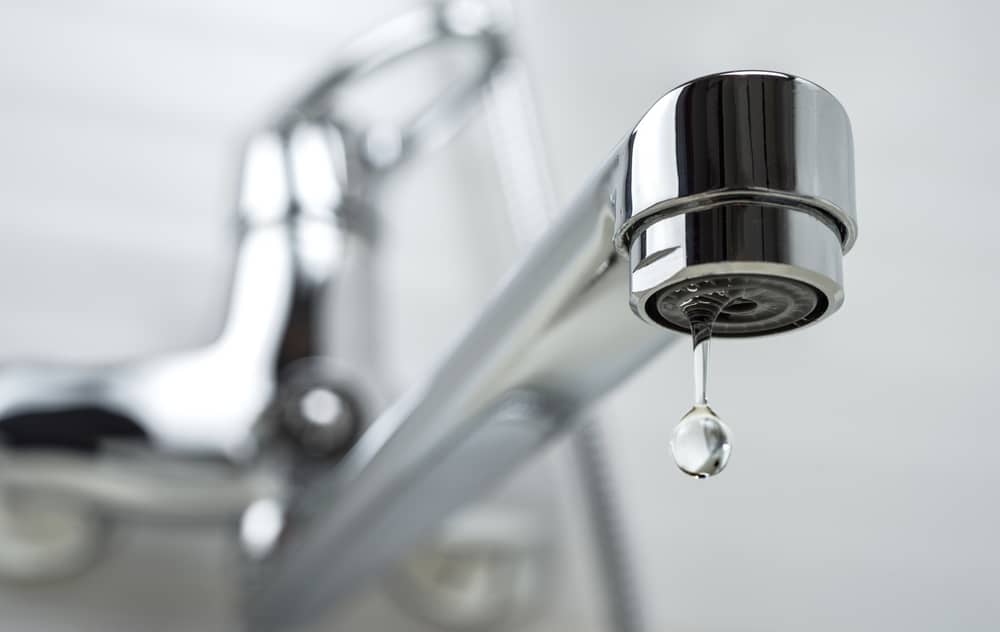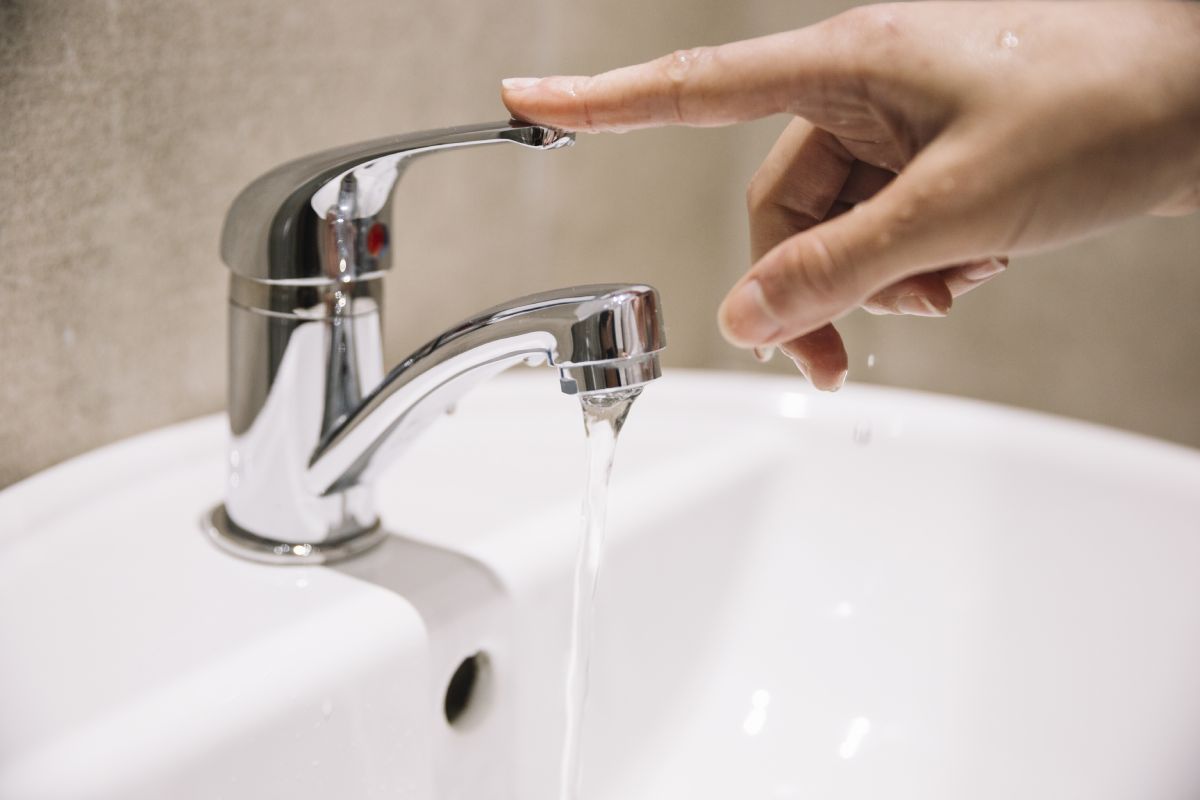Trusted Tactics for Resolving Low Water Pressure in Your Home
Trusted Tactics for Resolving Low Water Pressure in Your Home
Blog Article
What're your thoughts about Dealing with Low Water Pressure in Your Home?

Low water pressure in your home can be an irritating issue, affecting every little thing from showering to washing dishes. If you're experiencing weak water flow, there are a number of feasible reasons and remedies to explore. In this overview, we'll go over usual factors for low tide pressure and useful actions to resolve the concern successfully.
Intro to Low Tide Stress
Low water pressure takes place when the flow of water from your faucets, showers, and other fixtures is weaker than typical. This can make daily tasks more difficult and much less reliable. Comprehending the reasons for low water pressure is vital to finding the best remedy.
Usual Root Causes Of Low Tide Stress
Faulty Pressure Regulators
Pressure regulatory authorities are accountable for maintaining constant water stress in your home. If they malfunction, it can cause low water pressure or uneven flow throughout your home.
Community Supply Of Water Issues
Sometimes, the trouble exists outside your home. Metropolitan water concerns, such as main line leaks or upkeep work, can momentarily minimize water stress in your area.
Pipe Obstructions
Gradually, pipelines can come to be blocked with mineral deposits, sediment, or particles, restricting the flow of water. This is a common concern in older homes with galvanized steel pipes.
Corrosion
Deterioration within pipes can lead to leakages and lowered water stress. Corrosion accumulation can restrict water flow, specifically in aging plumbing systems.
How to Detect Low Water Stress
Checking Pipelines
Evaluate visible pipes for indicators of leakages, corrosion, or obstructions. Focus on any type of uncommon noises, such as knocking or rattling pipelines, which can suggest issues within the plumbing system.
Consulting with a Plumber
If you're unable to pinpoint the cause of low tide stress, think about working with a specialist plumber to perform an extensive examination. They can determine underlying problems and suggest proper remedies.
Examining Taps and Fixtures
Start by testing the water stress at various taps and fixtures throughout your home. If the issue is isolated to particular locations, it may show localized troubles.
DIY Solutions to Repair Low Water Stress
Flushing Water Heater
Sediment build-up in the hot water heater can limit flow and minimize performance. Flushing the storage tank regularly helps eliminate debris and maintain optimal performance.
Inspecting Stress Regulatory Authority
Make certain that the stress regulatory authority is operating properly. Changing or replacing the regulator can help recover proper water stress throughout your home.
Cleaning Up Aerators and Showerheads
Natural resources can collect in aerators and showerheads, lowering water flow. Remove and clean up these parts frequently to improve water stress.
Cleaning Clogs in Pipes
For minor blockages, attempt using a plumbing snake or chemical drainpipe cleaner to clear obstructions in pipelines. Beware when making use of chemicals and follow safety and security guidelines.
When to Call a Specialist Plumber
If do it yourself initiatives fail to resolve the concern or if you suspect considerable plumbing issues, it's ideal to look for aid from a certified plumber. They have the know-how and devices to attend to complicated problems securely and effectively.
Preventive Measures to Keep Water Pressure
Installing a Pressure Booster
Consider mounting a pressure booster pump to improve water stress in locations with continually reduced circulation. This can be specifically advantageous for multi-story homes or properties with high-demand components.
Tracking Water Use
Be mindful of water usage habits and prevent overtaxing the plumbing system. Simple modifications, such as astonishing showers and laundry loads, can help maintain sufficient water pressure.
Regular Upkeep
Arrange routine upkeep for your plumbing system to stop problems such as rust, leaks, and clogs. Attending to minor issues early can assist avoid more significant repairs later.
Final thought
Handling low tide stress can be frustrating, however recognizing the underlying reasons and applying suitable services can recover optimum circulation throughout your home. Whether it's cleansing aerators, examining pipes, or consulting with a plumber, taking positive actions can ensure a consistent supply of water for your day-to-day demands.
How to Fix Low Water Pressure
Have you noticed the water pressure in your shower or taps seem a little weak? If so, the water pressure in your home may be lower than it should be.
Low water pressure can affect many areas of your home. You might notice it taking longer to fill the bathtub or washing machine or that you’re not getting the pressure you need from your garden hose.
These pressure changes can be sudden or may happen over time. It may take a little investigating to find the cause, but there’s usually an easy solution.
Testing Water Pressure in Your Home
One easy way to check water pressure at home is with a water pressure gauge. You can find one online or at a hardware or home improvement store.
Before you check the pressure, make sure the taps and appliances that use water are turned off. Then, connect the gauge to the exterior hose bib or tap.
Turn the tap up all the way and read the gauge to see the water pressure. If you don’t have an exterior tap, you can disconnect the hose of your washing machine and connect the water pressure gauge to it.
Make sure all your water-using appliances are turned off. Turn the faucet on high to read your home’s pressure or PSI.
If the idea of checking water pressure or dealing with plumbing issues on your own seems a bit daunting, you can call a professional plumbing service to handle the job.
They can help you find the root of your water pressure issues and determine the best solution to the problem.
Clear the Clogs
A clogged pipe is one of the most common issues that leads to low or no water pressure. Pipes can become clogged due to a buildup of mineral deposits.
This is especially true if you have hard water where you live. Even a small clog can reduce the pressure of water running through the pipes.
Clogs usually build up over time. People notice when it affects their showers or the appliances that use water every day.
There are products and tools for clearing clogs on your own or you can call a plumber. They have the expertise and the right tools to locate clogs and determine whether it’s better to repair or replace the pipe.
Clean or Replace Corroded Pipes
Do you live in an older home where the plumbing is decades old? If so, your pipes are probably prone to corrosion. This is especially true if the pipes are galvanised steel.
This material is likely to corrode after 20 years of use. Brass pipes average 40 to 70 years before corroding, while copper pipes are good for 50 years or more.
If you installed extra plumbing fixtures after building or moving into your home, there’s a good chance you could have corroded pipes. The more plumbing fixtures in the home, the harder your pipes have to work, and the more likely they will corrode.
It’s important to address pipe corrosion. Failing to fix the problem can lead to cracked pipes, major leaks, and water damage in your home.
Swapping out old plumbing pipes reduces the risk of corrosives. Updated plumbing produces cleaner and better-tasting water, too.
Seal the Leaks
Another cause of low water pressure could be a leak in the pipes or in the water line. Small cracks or holes leak water into unintended areas before the water can reach the various taps in your home.
If your basement or foundation has flooded, it’s a strong sign of leaking pipes. You can look for leaks by turning off the taps for a couple of hours. Then, check the water metre reading.
An increase may indicate a leak. To see or access the plumbing, check for wet spots or pooling water. If you find a leaking pipe, there could be more.
You may not be able to reach these spots on your own, so it’s a good idea to enlist the help of a professional plumber at this point. They can check all your pipes for leaks and repair or replace damaged ones to restore adequate water pressure.
It’s important to address water leaks right away. Standing water can lead to mould or mildew growing in your home.
Replace the Pressure Regulator
Do you have a pressure regulator in your house? It’s a valve that helps keep the water pressure entering your home at safe levels. A functioning regulator keeps the pressure constant and flowing at around 50 PSI.
High water pressure may damage your plumbing and lead to excess stress on your appliances that use water. When a pressure regulator fails, it can lead to an increase or decrease in pressure.
Sediment or debris in the value can cause a blockage. You can check the pressure regulator by attaching the pressure gauge to an outdoor spigot. If the pressure reads lower than the valve reported, the regulator may be faulty.
A plumbing expert can assess whether the pressure regulator is working for your home. It’s important to replace a failed regulator.
Instal a Booster Pump
Sometimes you may look everywhere to discover the cause of low water pressure but not find an answer. Talk to your neighbours to see if they’re having similar issues.
If other homeowners near you are experiencing water pressure problems, installing a booster pump may be a good solution. It can increase water pressure to the main supply line that runs to your home’s system.
An experienced pro in UK plumbing issues can help you install a booster and restore the water pressure to your house.
How to Fix Low Water Pressure
If you notice the water pressure in your home is less than what it should be, there are a variety of possible problems and solutions. If you’re not a plumbing expert or don’t have the time to spare for DIY plumbing issues, call the pros instead.
At PM247, we know how to improve low water pressure in your home. Simply tell us the plumbing issue you’re having and we will take it from there.
For over 20 years, we’ve provided professional plumbing, drainage, roofing, heating, and electrical services to our customers. We would love to help you, too!
https://www.pm247.co.uk/blog/how-improve-low-water-pressure/

As a reader about 4 Ways to Troubleshoot Low Water Pressure, I imagined sharing that excerpt was really helpful. In case you appreciated our page please don't forget to pass it around. Thanks a bunch for your time. Kindly check our site back soon.
Call Today Report this page